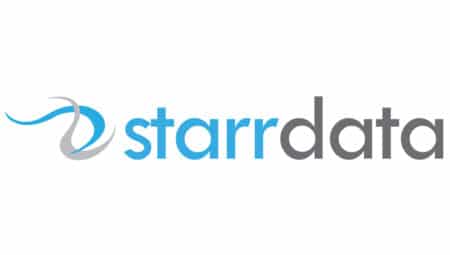Let’s face it: Implementing any enterprise software application rarely goes flawlessly. Even when you employ the best experts in the biz and follow Salesforce’s best practices, problems will crop up. Salesforce CPQ, or Configure Price Quote, is a powerful system that takes some getting used to.
Still, it’s common for companies to wonder what’s normal and what’s not. Here’s a look at 8 typical CPQ issues that arise in the days and weeks after implementation, so you’ll know whether it’s just part of the process, or if it’s time to seek help.
1: Learning Curve
If it’s a couple of days after implementation and some of your sales reps are still feeling a little confused or skeptical, that’s perfectly normal. Some people are more uncomfortable with change than others, and no amount of training will make them feel instantly happy.
Give them a chance to use it in their day-to-day work. Let them experience the CPQ software features that will make their lives easier, like quote automation, guided selling, and price accuracy. They’ll come around – and if they don’t, connect with certified Salesforce professionals for implementation success support.
2: Inadequate Migration/Transition Plan
If your company doesn’t have an adequate transition plan from your existing system to your new CPQ, including internal business process changes, user training, and practice/testing in a sandbox environment, you may find a lot of issues coming your way that could have been avoided with proper planning.
3: Tricky Terminology
It also takes a little time for your staff to get used to the terminology that comes with Salesforce CPQ. Modern configure price quote software doesn’t always fit into the lingo of sales reps.
If you overhear your staff using the wrong words, correct them gently or reach out to a Salesforce certified professional who has the training it takes to explain all the terms. Salesforce also offers a helpful online glossary that clarifies what everything means.
4: Workarounds
This one is common, but it’s a bit of a red flag. After your new CPQ system is in place, some people on your team might avoid using it or find workarounds. They may go back to previous software, try to do things by hand, or look for sneaky little ways to use their preferred method.
For the most part, workarounds are an indication that people are great problem solvers. But they may also indicate a low comfort level with the CPQ solution. This is usually a training issue and should be addressed quickly.
5: Input Errors
Before launch, your implementation expert will help you merge Salesforce CPQ with your existing data and ensure everything that goes into the system is accurate and free of errors. But after launch, things can go a little Wild West.
As the old saying goes: garbage in, garbage out. If the data that goes into the system is wrong, Salesforce CPQ, will in turn, churn out inaccurate quotes.
Don’t let that happen. Set up checks and balances to ensure the continued accuracy of your inputs, like customer groups, prices, and discounts. You might need help from your CFO or an accounting clerk – someone who can be accountable for regular reviews of the data.
6: Limited Upsells and Cross-Sells
Salesforce CPQ is designed to boost sales activities like upselling and cross-selling, helping your reps close more deals. If this isn’t happening after implementation, question why.
Are reps confused about the quoting processes across multiple products? Do they understand how to use built-in templates to upsell? Is there a problem explaining the new system to clients? Resolving these questions is critical for successful implementation.
7: Workflow Automation Gets Stuck
Your CPQ software uses workflow automation to keep things moving smoothly during the quote to cash process. So if your quotes are constantly hanging up at certain points, that’s a big warning sign that something is going wrong.
Maybe quotes are stalling out because a manager has to approve all discounts, and the approval emails are stacking up in a busy manager’s inbox. To solve this problem, you could start using Salesforce Chatter. It’s a productivity-focused chat function that allows people to resolve issues in a matter of moments.
8: No Post-Implementation Plan
Too many companies launch a successful CPQ system, then abandon it. Avoid this pitfall by making a roadmap to what comes after Salesforce CPQ implementation. Put someone in charge of keeping everyone involved up to date for the long haul.
Plan to do all of the following tasks on an ongoing basis or hire a certified Salesforce professional to keep you on track:
- Train new team members
- Retrain existing staff as needed
- Keep up with Salesforce upgrades and new releases
- Update sales goals monthly, quarterly, and annually
- Ensure system data is accurate and complete
- Check in with clients for quote satisfaction
- Run reports from the system
- Do benchmark and strategic planning
- Provide updates to senior management
- Regularly evaluate your tool’s effectiveness to determine minor tweaks or additional training needs
- Calculate ROI on Salesforce configure price quote
Overwhelmed? Don’t worry. Most Salesforce CPQ issues are just temporary bumps in the road. But if you’re hitting too many roadblocks, reach out to StarrData for superstar Salesforce support.

